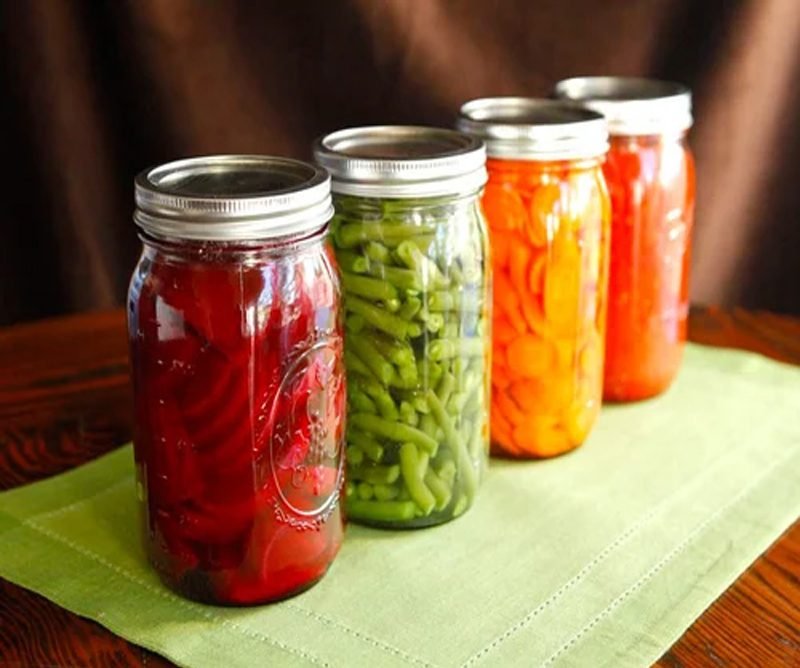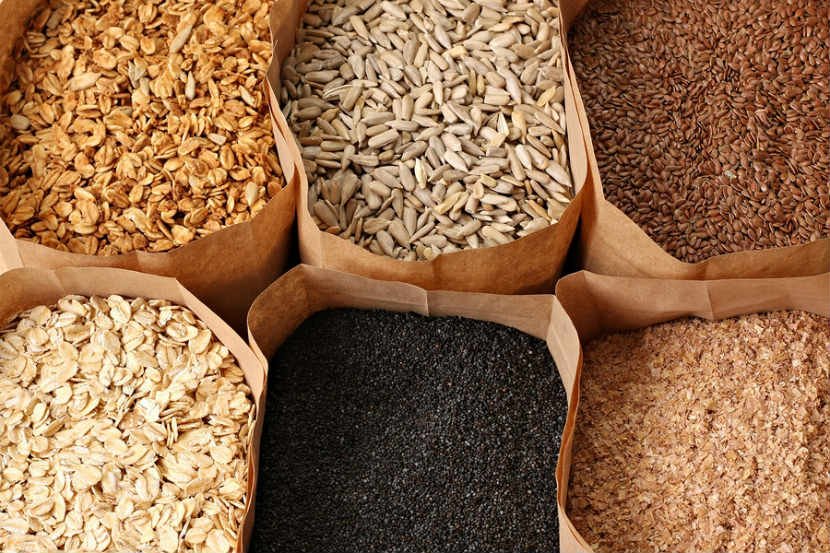Diet in ckd (not on dialysis)
AVOID HIGH-POTASSIUM FOODS If your potassium > 4.0
Almost all foods contain potassium. Serving size is important. A large serving size of a low potassium food can become a high potassium food.






Avoid High Potassium food items like:
X Coconut water and coconut chutney
X Dry fruits Like: – Raisin, dates, currants, figs etc.
X Tinned, canned, preserved processed foods like sauce, mint, processed cheese, tinned fruits, macaroni etc.
X Commercial salad dressings, Sauces, ketchups, instant soups.
X Special salt substitutes senda salt, black salt, tata lite, pink salt, rock salt, Lona Salt.
X Tamarind (Imli) spices, condiment (masala) and others
X Jaggery, honey
X Amla
FOODS TO BE AVOIDED
- Juices, soft drink, soups etc
- Cocoa and cocoa products including chocolates.
- Fried items like-poori, paratha, pakora, samosa etc.
- Red meat - mutton, lamb, goat, beef etc
- Processed foods such as cheese, mayonnaise
- Salted food items like salted biscuits nuts, Popcorn, chips, pickle, chutney, pappad, mixtures etc.
- Ajinomoto (Monosodium Glutamate), Baking powder
- Refined sugar (in excess amount), honey, glucose, jaggery, jam and jelly Refined starch products like corn flour, jelly powder, custard powder etc.
- Cakes, ice cream, sweets and others
Vegetables
All Vegetables Contain potassium. Wash, Peel and cut vegetables into pieces, Soak in warm water for 2-3 hours, discard water and add large volume fresh water, cook and discard water.
Potassium content in Vegetables
Vegetables: All vegetables contain potassium. They are grouped according to their potassium content. You should consume vegetables having lower potassium content.
Low potassium content vegetables (can take in moderate amount)- (0-100 mg potassium): Radish- pink (mooli), cucumber (kakdi), snake gourd (padval), bottle gourd (lauki).
Medium potassium content vegeatables (100-200 mg potassium): Cabbage (band gobi), onion-small, bitter gourd (karela), cauliflower (phul gobi), pumpkin (kaddu), carrots (gajar), radishwhite (mooli), brinjal (baigan), ladies finger (bhindi), and green tomatoes.
High potassium content vegetables (200+mg. potassium): Coriander (dhaniya), amla, tomato, beetroot, sweet potato, lotus stem, pumpkin, spinach (palak) and green papaya.
Group – II and Group – III vegetables after ‘leaching’ them off with potassium.
FOODS CAN TAKE
Fruits with low potassium content



Only one fruit (200 gm ) can be taken per day like-papaya, apple, Pineapple, pear etc
Protein intake
Generally protein intake for normal person is 1 gm per kg body weight per day.
In CKD patients (if creatinine is more than 2 mg/dl) need to take low protein (0.8 gm per kg per day).
But if patient is weak and loosing weight then patient has to take high protein
(1 to 1.4 gm per kg per day) even if creatinine is high.
Intake of dal preparations not to exceed the prescribed amounts. (washed dal)
Fish or chicken (30 to 50 gm) without skin (grilled, steamed, boiled or baked) or 2 to 4 eggs white is permitted per day with only.
Carbohydrates







Whole Cereals like wheat, Arrowroot, Sago (Saaboodaana) millets, rice, barley, oats, ragi according to the prescribed calories
Special Instructions
- All food items to be cooked in very low salt (3 gm/day)
- Dairy products – 350ml of low fat milk, tea, curd, buttermilk is permitted per day. Remove cream from milk.
- Cereals- rice, wheat, milk, curd & meat or its alternate should not exceed the amount specified in the diet plan.
- Calorie per day – Adequate calorie intake is very important.
- Ghee & oil 3-4 tsp could be used for cooking per day
- Spices & condiments contain potassium and should be used in small quantities.
- Foods served in small portions and at frequent intervals, will ensure satisfactory nutrient intake.
- At least 50% of prescribed protein should be of high biological value & should be distributed in all the meals for better utilization.
